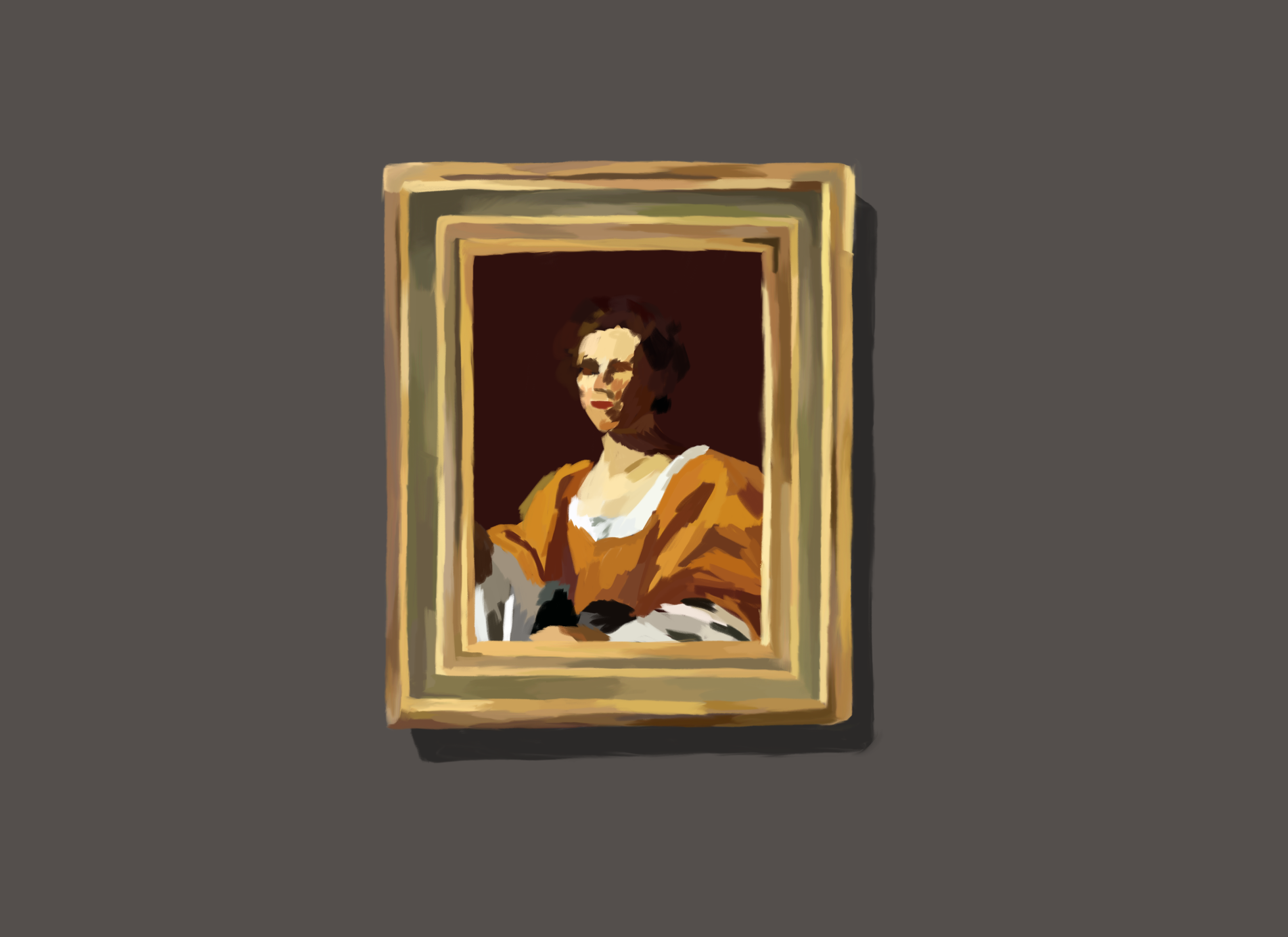Women’s Erasure from History: A Look at Artemisia Gentileschi

Image by Elliot Yu
Most people would struggle to name as many famous women in history as they could men. The people about whom the American education system teaches in school school tends to focus on men, which disregards contributions from women. Similar problems arise in the way art history is taught, and when eras like Renaissance are taught as important, but only because of men, the art world is deprived of the works of many great artists.
Despite the challenges faced during the Renaissance, and history’s later attempts to erase their existence, there were many talented female painters from the past. One artist in particular, Artemisia Gentileschi (1593–ca. 1652), whose work and the reception will be the main focus of this piece. Artemisia Gentileschi’s contribution to the art world is often trivialized, and it is her erasure from the art world that serves as a reminder to people today to be aware of how much of history is written by those in power.
In 16th century Europe, where Gentileschi lived, social expectations around homelife and childbirth paired with the politics of academics and artistic guilds, which embodied the idea that a “women’s work was considered inferior or even outside the corporate order”. This meant that a woman’s career in painting was often stopped before it had ever really started. Preconceptions about women also meant that artistic training, if done at all, was inadequate compared to the extensive education provided for men.
Regardless, Artemisia Gentileschi was able to overcome these obstacles with help from her father, Orazio Gentileschi who was also a well known painter, and who taught her to paint. She worked as a painter for over forty years, choosing to paint mostly women from mythology, and was well known for her use of color and composition. During her life, she was considered “an extraordinary personality and the foremost woman painter of Italy”. Despite this success, only a tentative chronology of Gentileschi’s work has been presented, and her reintroduction to the art world came just in the 20th century.
A large part of the need for her “reintroduction” was due to the systematic erasure of her work. Most of her pieces were misattributed, with critics ignoring her signatures and giving credit to either her father, or Italian painter Massimo Stanzione. In 1916, Italian critic Robert Longhi would be one of the first people to officially recognize her as an artist. Even after Gentileschi began to become more widely known, there were still some who believed that her art must have been the work of her father. Gentileschi would not have her first real exhibition until 1991, 339 years after her death.
Modern critics of the art world have been taken with Gentileschi’s work, but many criticize the emphasis placed on the impact of her womanhood in her paintings. Judith Mann, a curator of Gentileschi’s exhibit in Rome’s Palazzo Braschi, argues that Gentileschi was “a champion of strong women,” but curators and critics from as high up as the Metropolitan Museum of Art argue that grafting a modern bias onto Gentileschi’s pieces may prevent historical appreciation.
Commentary from a curator at the Metropolitan Museum of Art describes Gentileschi’s “whole mindset as small”, and reimagines feminism as a modern way of thought, not a method of uncovering male-oriented ideology ingrained in history and society. These critics conveniently ignore the fact that it was the combined effort of feminism and scholarship that reignited interest in Gentileschi’s works. The recovery of Gentileschi’s reputation was motivated by the work of female scholars like Ann Sutherland Harris and Linda Nochlin.
As time moves forward, more women enter academic fields, and this means that previous theories and analyses can be redone and tested by people who have different lived experiences. Even though there is an increase in diversity, academia is still filled with people who think that history is filled only with the success of men. The oppression of female contribution is an inherent bias to all studies of history, especially in the case of art and Artemisia Gentileschi. The erasure of her work also prompts us to critically approach what it means to study art and history, knowing that a large part of what we learn was edited by those in power then, and those in power now. Acknowledging this would mean that women enrolled in academic programs for history and art would not longer look back and think that they had nothing to contribute.




